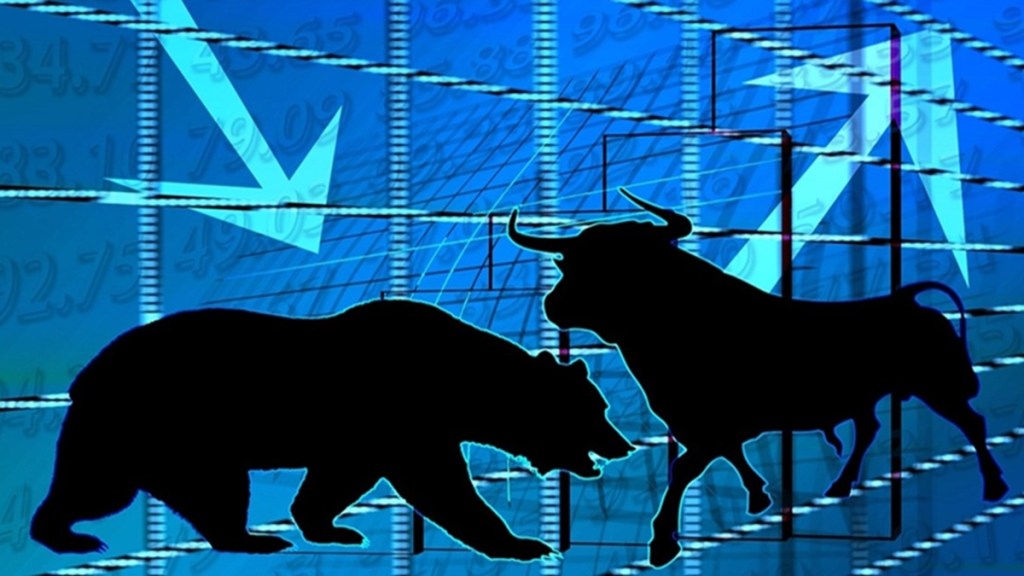Today’s focus is on US CPI data and how it impacts the Fed’s stance on the need for additional rate hikes. On November 14, 2023, at 8:30 a.m. Eastern Time, the Bureau of Labor Statistics will release the most recent October 2023 CPI data of US inflation figures.
A higher-than-expected inflation figure could pour cold water on bets that the Federal Reserve has stopped raising interest rates, whilst a lower reading would support the peak rate view. Moody’s downgrade of the United States’ credit rating outlook to negative from stable, citing rising fiscal deficits and political gridlock in Washington, may also weigh on investors’ minds in the coming weeks.
The overall CPI is expected to decline from 3.7% in September to 3.3% in October, according to FactSet. The core CPI, on the other hand, is predicted to stay at September’s levels, up 4.1% from the previous year.
Headline Consumer price inflation in the United States has actually declined substantially from a peak of 9.1% year on year in June 2022 to a low of 3% in June 2023. This slowed in August and September, with the annual rate rebounding to 3.7% as rising energy costs and resilience in some of the core (ex-food and energy) components resurfaced amid a solid summer for consumer expenditure. The annual rate of core inflation has continued to fall, from a high of 6.6% in September 2022 to 4.1% now, but it remains more than double the 2% objective.
According to ING, inflationary pressure will cool down further in US. “After encouraging inflation data in early summer, progress stalled in August and September amid robust consumer activity. But with tighter financial and credit conditions set to weigh further on corporate pricing power, supplemented by slowing rents and falling gasoline and used car prices, we expect to see inflation move close to 2% in 2Q.”
At the recent FOMC press conference, Federal Reserve Chair Jerome Powell said that the economy has “been able to achieve pretty significant progress on inflation without seeing the kind of increase in unemployment that has been very typical of rate hiking cycles like this one”. Nonetheless, there was the acknowledgment that “the process of getting inflation sustainably down to 2% has a long way to go”.
In an environment where the economy has just posted 4.9% annualised GDP growth in the third quarter and unemployment is only 3.9%, several hawks on the FOMC continue to make the case for additional interest rate rises, arguing that they cannot afford to take any chances and allow inflation pressures to reignite.
Fed Chair Jerome Powell cautioned against being “misled by a few months of good data,” while also leaving the door open for more increases in the future. The Fed is still officially forecasting one further 25bp interest rate rise this year. The Fed last hiked rates in July.

